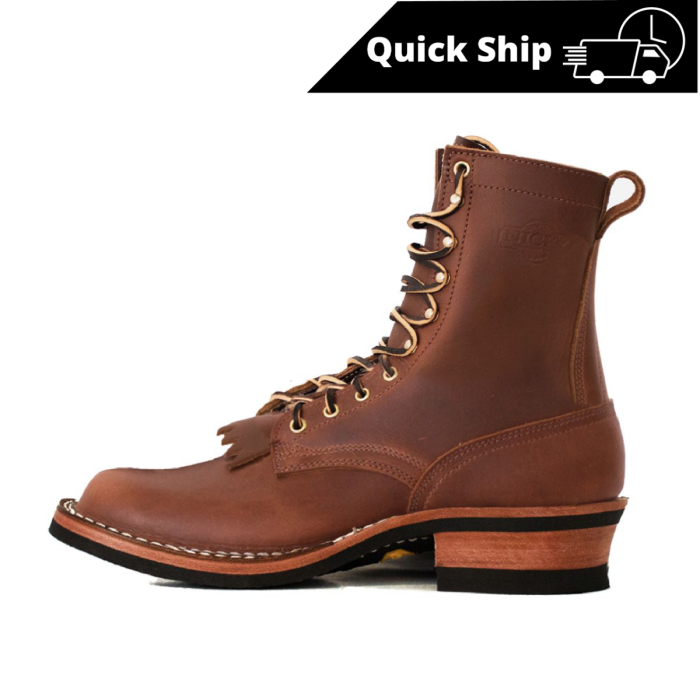Any mechanical engineers here?
So my friend is shopping for a used car, and he tells me about this 'rule of thumb' his father told him about, that the effective working life of an engine is approx 50,000 kilometres per cylinder.
So (as a rule of thumb) theoretically, a 4-cyl engine could go 200,000 kms vs. an 8-cyl could go 400,000 kms.
I asked him to ask his dad why, and his dad says (my friend is not mechanically-inclined at all, hence some simplified explanations... and he's russian so hence the spelling errors):
Would an engine with more cylinders theoretically be more durable/last longer than one with less, all things being equal?
And then to that: would a V6 theoretically be more durable/last longer than an inline engine, all things being equal?
So my friend is shopping for a used car, and he tells me about this 'rule of thumb' his father told him about, that the effective working life of an engine is approx 50,000 kilometres per cylinder.
So (as a rule of thumb) theoretically, a 4-cyl engine could go 200,000 kms vs. an 8-cyl could go 400,000 kms.
I asked him to ask his dad why, and his dad says (my friend is not mechanically-inclined at all, hence some simplified explanations... and he's russian so hence the spelling errors):
I realize that the explanation is somewhat flawed in that the 'rule of thumb' is based on the # of cylinders vs. the layout of the engine, but humour me.the wear on the pistons and cilinders is much smaller in V6 that is why it lasts longer.
it is also to do with the engine construction of V6 engine, where 2 groups of cylinders (3 in each) are positioned to form a V shape and it is much easier for them to turn the shaft, as opposed to I4 where all 4 cilinders are inline. V shape is much more gentle for cylinders
Would an engine with more cylinders theoretically be more durable/last longer than one with less, all things being equal?
And then to that: would a V6 theoretically be more durable/last longer than an inline engine, all things being equal?



